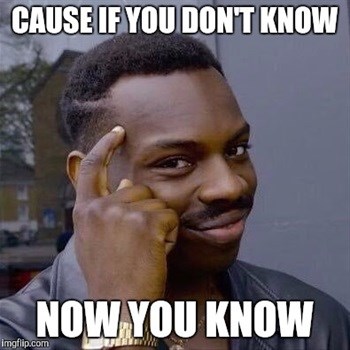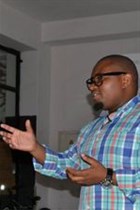
Top stories


EducationFrom adversity to opportunity: African education’s revival strategies
Sanjeev Mansotra 1 day



Marketing & MediaThe Odd Number named Financial Mail AdFocus Mid-Sized Agency of the Year
The Odd Number 1 day

More news












To me, Castle Lite is not just a company that sells an alcoholic beverage. The proof is its brand-building approach. Of course, my analysis is in retrospect and purely based on what I and everyone else is exposed to, and therefore do not have intel on the strategic or back-end thinking.
The most interesting thing for me is how they’ve built their brand. In communication strategy, linked to brand building, the key to success is to deliver consistent messaging over a prolonged period, thereby delivering and creating a clear distinction amongst your competitors and within your given industry and market.
But Castle Lite is not just a beer brand, it is an events company. They have literally taken a function that could and probably should belong to an external supplier (events) and they have turned it into a core function. Every year, Castle Lite ‘unlocks’ a highly rated international artist who embraces local fans with their presence and music.
Key questions are always asked in boardrooms; “How do we sell more? How do we become relevant? How do we resonate with our target market? How do we create more brand value? How do we increase our brand’s equity? How do we out-compete the competition?” Well, I think the key to answering these questions lies in unlocking Castle Lite’s secret (see what I did there with ‘unlocking’?).
Brand building is an iterative process that requires consistent evaluation. The results of the evaluations will always reveal the need for constant and consistent innovation. The tricky thing about the concept of innovation is that it tends to sway or skew our thinking towards the technical side of it. Innovation is simply finding a new way or new method.
Castle Lite has proved that one can build a brand thinking from the periphery.
When I talk about thinking from the periphery, I’m referring to aspects of any given industry that are related to its core business. In Castle Lite’s instance, music and concerts are on the peripheral of alcohol but closely linked. They go together seamlessly.
Castle Lite has gradually built equity around concerts and music. They could have easily spent millions and probably billions talking about their light beer, but instead, they sought to create experiences that would enable people to enjoy their beer, create positive associations with the brand and also strengthen their unique memory structures. These in no particular order would be; ‘unlock’, ‘refreshment’, ‘ice cold’, ‘the visualisation of ice’, ‘the ice-cold indicator’, ‘extra cold’, ‘concerts’ and ‘music’.
The key learning for me here is that in order for one to grow a brand, it isn’t necessarily about trying to figure out solutions for the core business. That’s one way of doing it, but true opportunities lie in the periphery.
In whatever industry you are in, there are key factors or aspects of your industry that are pregnant with opportunities but are not being leveraged because we are fixated on ‘the product’ or whatever service or product it is that we are selling.
I’m certain that the brand and agency involved will give you better insight, but from where I’m standing, any brand-building effort, whether you are focusing on what’s on the periphery or focusing on the core business, time and patience is of the essence. To build a unique brand requires more effort.

With so much money invested in creating these music concerts experiences, is Castle Lite just a beer brand? I believe that they are more than that, they are also an events company.
So, what business are you in? Find your periphery opportunity and build on it.
Would love to hear your thoughts.
